Plant spacing for okra is an essential factor to consider if you want to grow a healthy and productive crop.
Proper spacing of plants prevents overcrowding and ensures each plant has enough room to grow and receive adequate sunlight, water, and nutrients, while also preventing disease and pest problems.
In this article, we'll discuss the importance of plant spacing for okra and tips on how to space your plants for optimal growth.
All About Okra
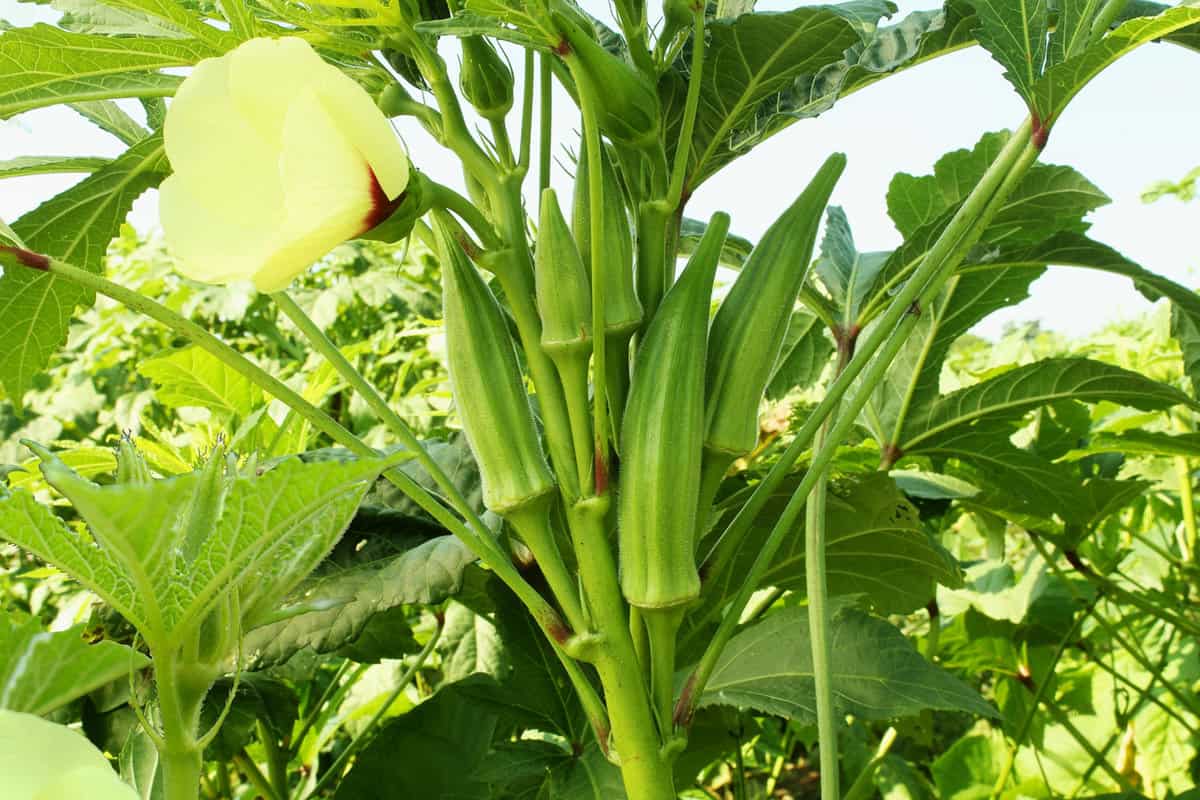
Okra's Origin
Okra, also known as lady's finger, is a warm-season vegetable that originated in Africa.
It was brought to the Americas in the 17th century and has since become a popular crop in the southern United States, as well as in many other warm climates around the world.
Okra's Characteristics
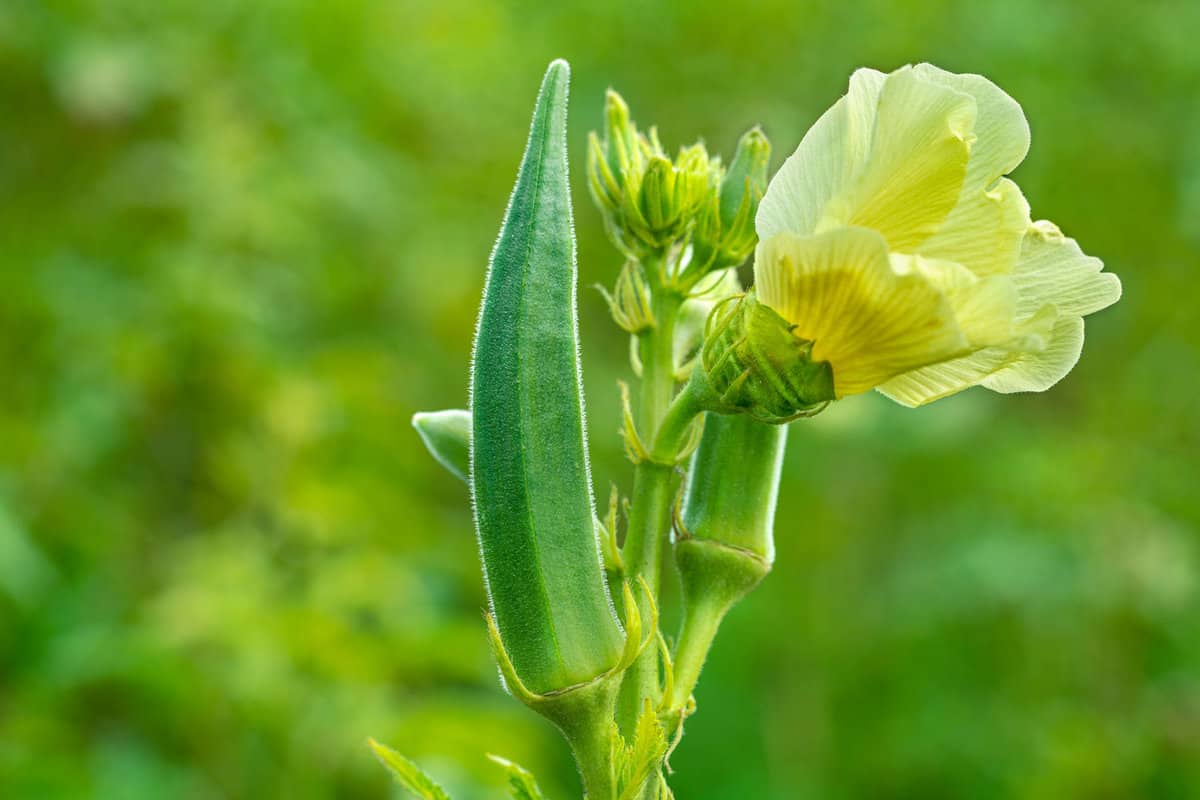
Okra is a member of the Malvaceae family and is related to hibiscus and cotton. It is a tall, sturdy plant that can grow up to 6 to 10 feet tall.
The leaves are heart-shaped and the flowers are large and showy, with five petals that are usually yellow or white.
The fruit of the okra plant is a long, tapered pod that can range in color from green to red.
Inside the pod are rows of small, edible seeds that are surrounded by a mucilaginous substance that gives okra its characteristic slimy texture.
Okra's Growth
Okra thrives in well-drained soil and requires regular watering to maintain its growth.
With proper care and attention, okra can produce a bountiful harvest throughout the growing season.
Importance of Proper Plant Spacing
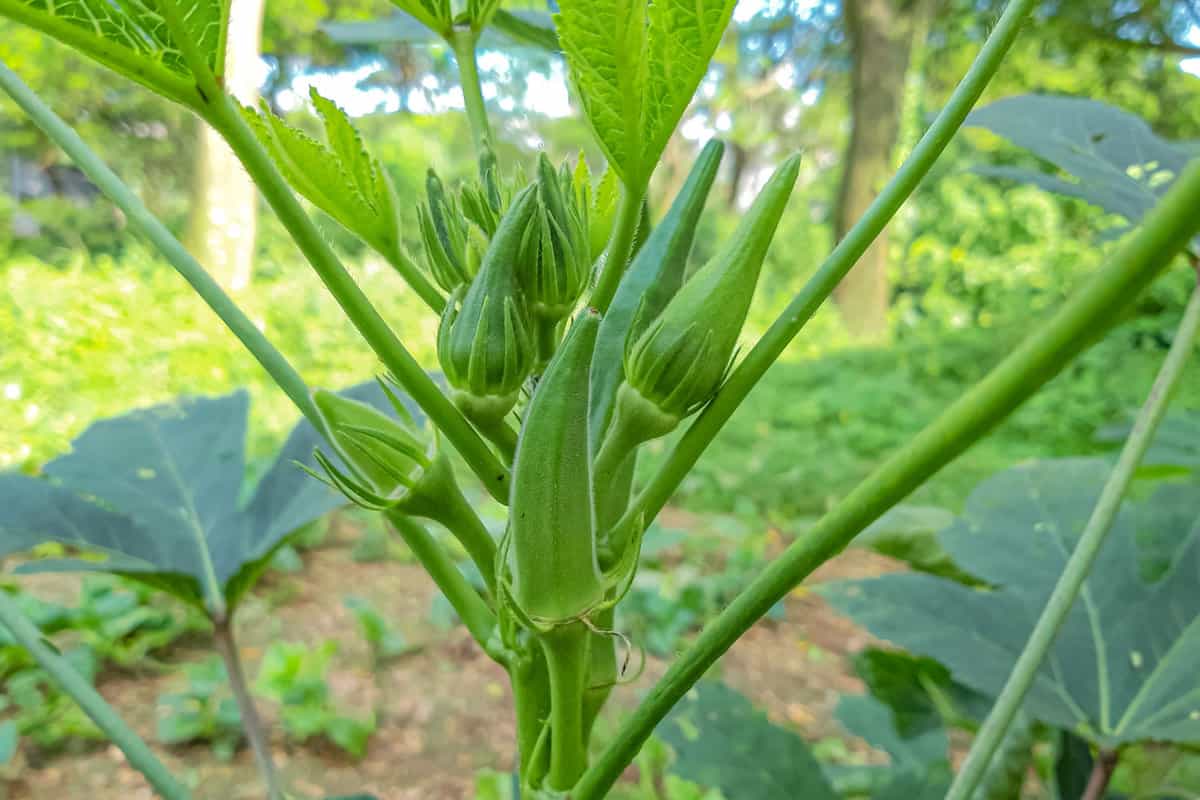
Proper plant spacing is crucial for growing healthy and productive okra plants. It allows each plant to receive the necessary nutrients, water, and sunlight for optimal growth.
Impact on Yield
Planting okra too close together will make the plants fight for resources and result in stunted growth and lower yield.
Planting them too far apart may not make the most of the available growing space.
Disease Prevention
Proper plant spacing can also help prevent the spread of diseases among your okra plants.
When plants are too close together, they create a humid environment that encourages the growth of fungal diseases.
Adequate spacing allows for better air circulation, which can reduce the risk of disease.
In addition to proper spacing, it's also important to practice good sanitation habits, such as removing diseased plants promptly and cleaning your tools between uses.
Related Post: How Far Apart From Plant-Incompatible Plants?
Ideal Plant Spacing for Okra
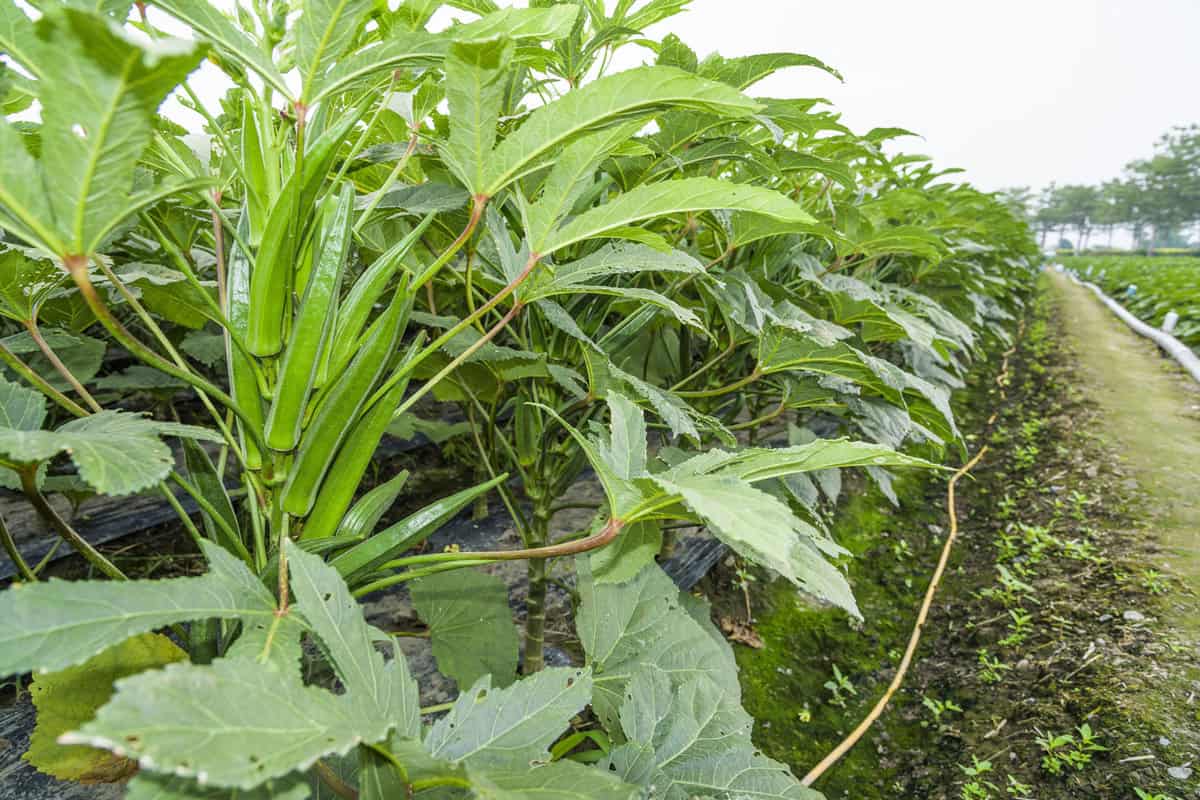
Row Spacing
When planting okra, it's important to leave enough space between rows to allow for proper air circulation and to make it easier to tend to your plants.
A row spacing of 3 feet is ideal for most gardeners, as it allows for easy access to your plants and provides enough room for them to grow.
Plant Spacing
The spacing between okra plants is just as important as the spacing between rows.
To grow okra, you need to plant the seeds about ¾ to 1 inch deep in rows that are 42 inches apart for small plants and 48 to 60 inches apart for bigger plants.
If you're planting in raised beds, you can space your plants a bit closer together, around 8-10 inches apart.
Related Post: How Much Space Between Garden Beds?
Factors Affecting Okra Plant Spacing
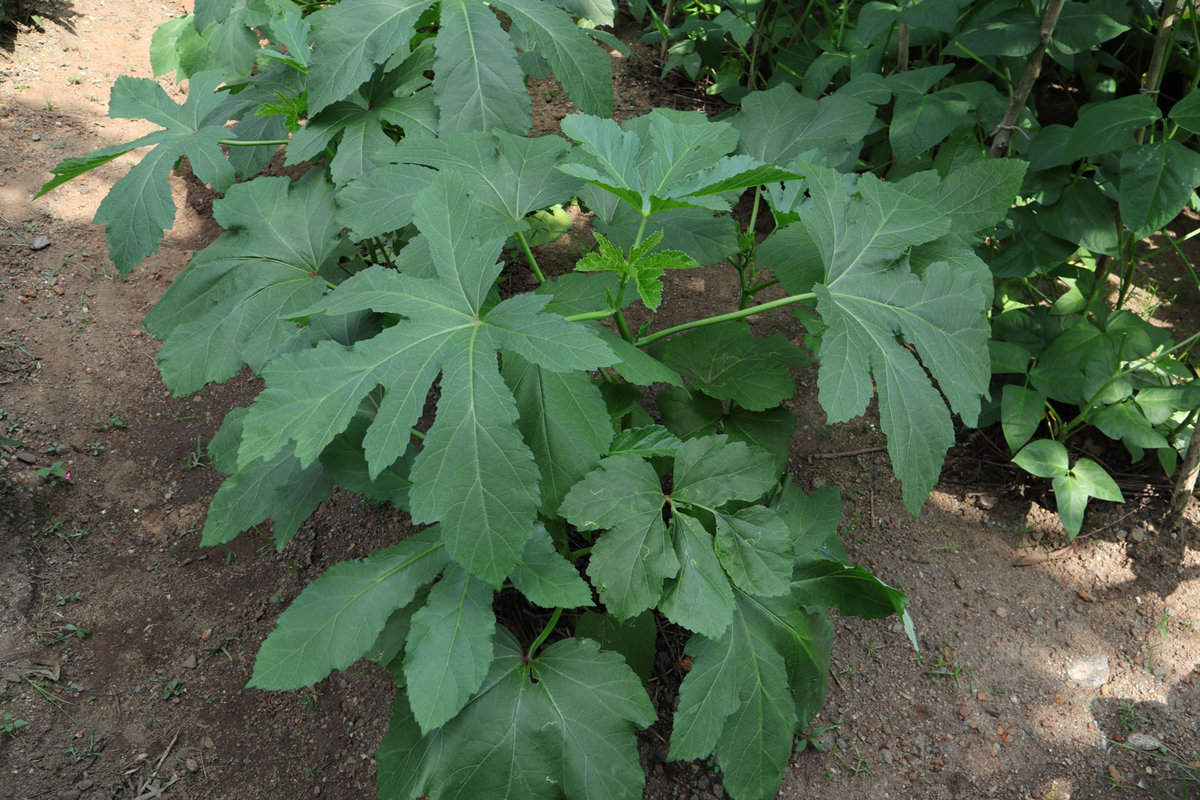
Soil
The type of soil you have can affect the spacing of your okra plants. Okra grows best in fertile, well-drained soil that has been amended with compost.
Read more: Waste Into Wealth: 25 Reasons To Start Composting Now
If your soil is poor, you may need to space your plants farther apart to give them room to grow and access nutrients.
Before planting okra, it's important to prepare your plot properly. Choose a spot that receives full sun and has well-drained soil.
Okra prefers soil with a pH between 6.0 and 6.5. If your soil is too acidic, add some lime to raise the pH.
Till the soil to a depth of 8 to 10 inches and remove any rocks, weeds, or other debris.
Add compost or aged manure to the soil to improve its fertility.
Work the compost or manure into the soil to a depth of 4 to 6 inches.
Climate
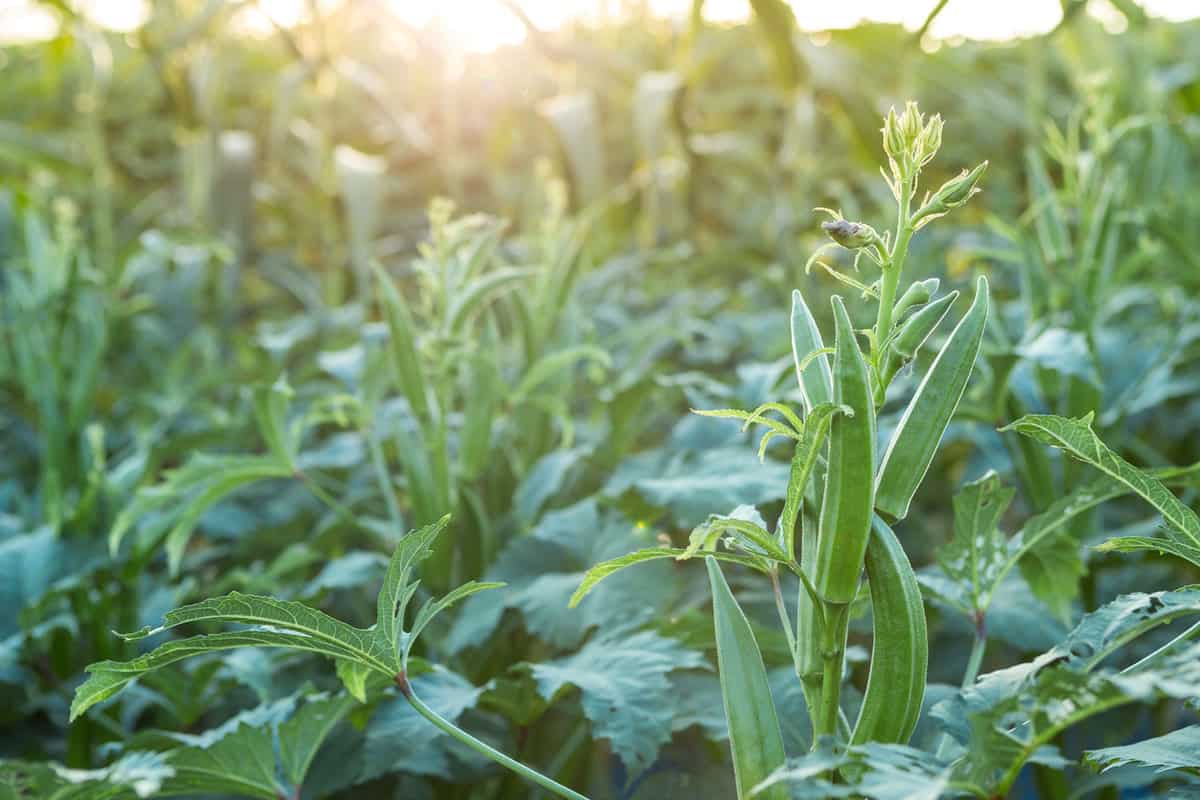
The climate is another important factor to consider when spacing your okra plants.
Okra grows best in warm conditions and requires a lot of heat to produce a good crop.
If you live in a cooler climate, you may need to space your plants farther apart to give them more access to sunlight and warmth.
Watering Needs
Okra plants need regular watering to thrive, but they don't like to be overwatered.
If you live in an area with high rainfall, you may need to space your plants farther apart to prevent them from becoming waterlogged.
On the other hand, if you live in a dry climate, you may need to space your plants closer together to help them retain moisture.
Growing Okra in Containers
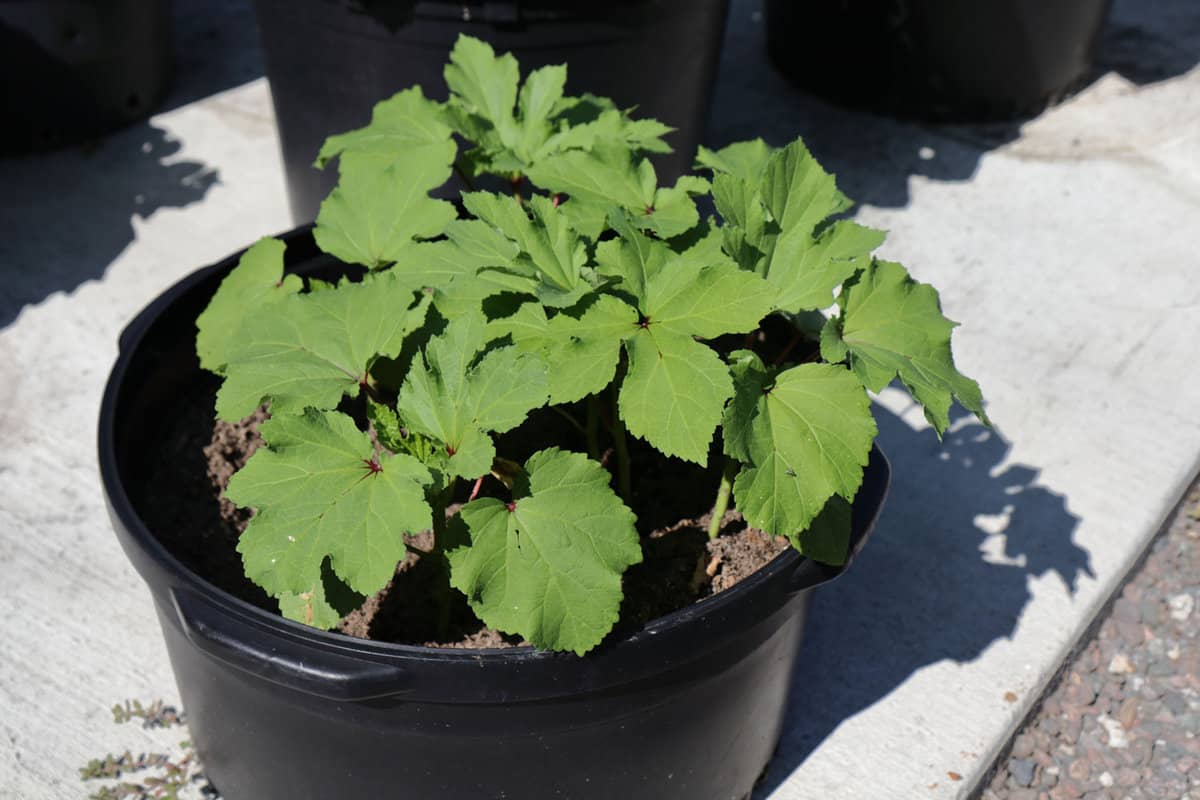
If you don't have a garden plot, you can still grow okra in containers.
Choose a container that is at least 12 inches deep and 12 inches wide. Fill the container with a good-quality potting mix.
Plant okra seeds 1/2 inch deep and 3 inches apart. Once the seedlings reach a height of 2 to 3 inches, thin them to one plant per container.
Water the plants regularly and fertilize them every two weeks with a balanced fertilizer.
Whether you're planting in the ground or containers, following these guidelines will help ensure your plants have enough room to grow and produce a bountiful harvest.
Okra Companion Plants
When it comes to growing okra, companion planting can be a great way to improve the health and yield of your crop.
By planting certain plants alongside your okra, you can help to deter pests, improve soil health, and even increase pollination.
Here are some of the best companion plants to grow with okra:
Cucumbers
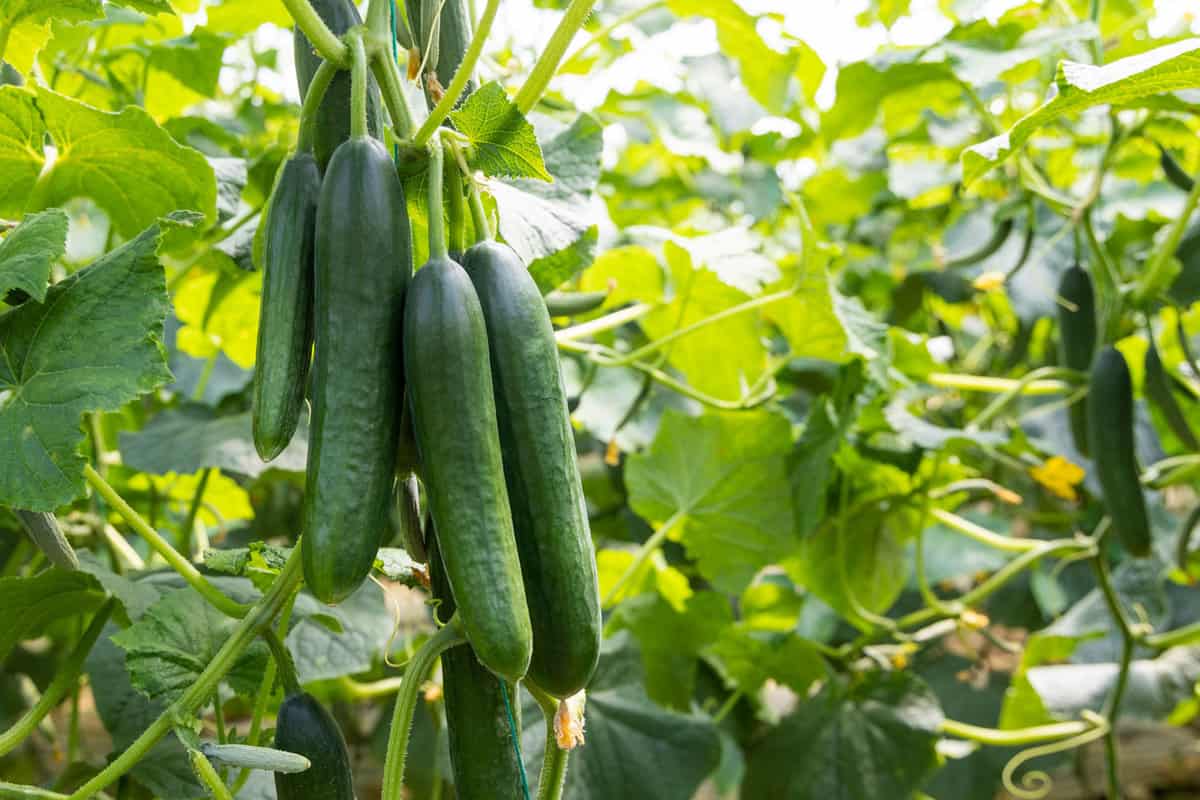
Cucumbers and okra are both heavy feeders and love plenty of water, so they can do well when planted side by side.
Just be sure to give them enough space, as cucumber vines can spread and need plenty of sun to ripen.
Melons
Like cucumbers, melons are also heavy feeders and love plenty of water.
They can be a great companion plant for okra, as they can help to shade the soil and conserve moisture.
Eggplant
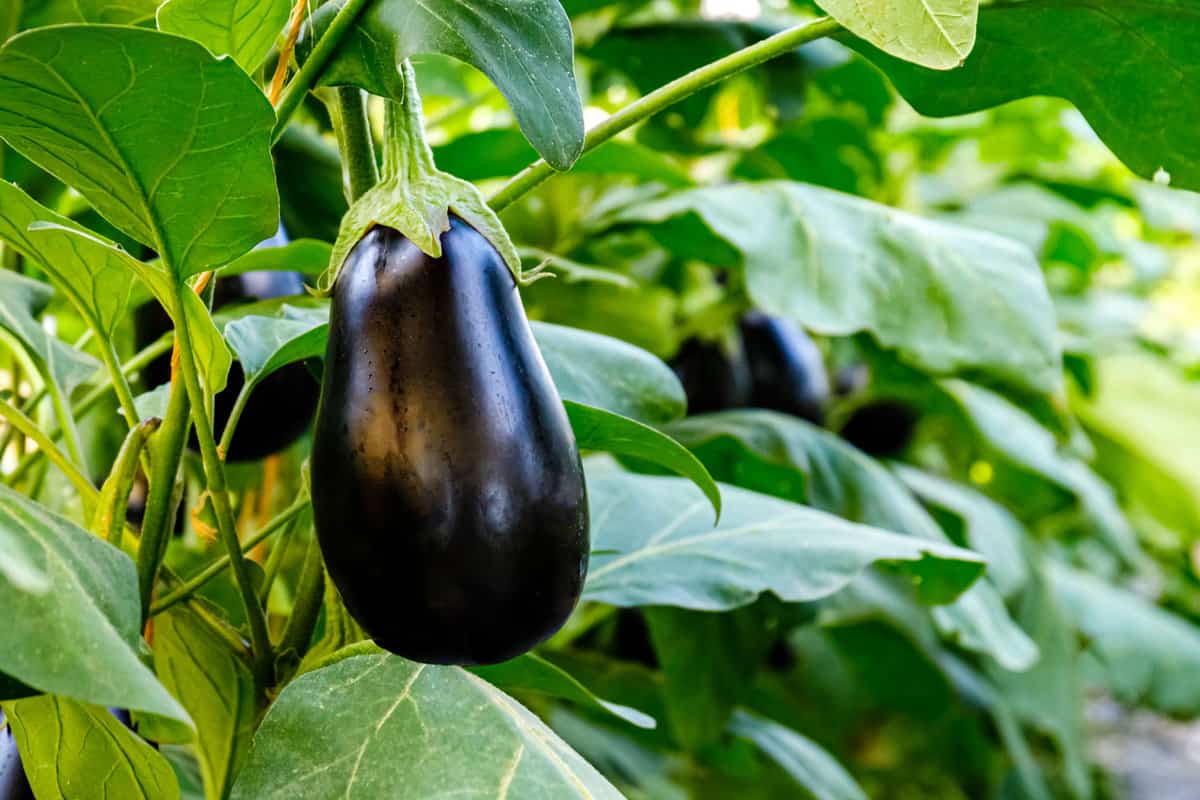
Okra and eggplant are both members of the nightshade family, so they can be great companion plants.
Eggplant can help to deter pests like flea beetles and spider mites, which can also damage okra.
Basil

Basil is a great companion plant for okra, as its strong smell can help to repel pests like stink bugs, aphids, and spider mites.
Plus, it can be a delicious addition to your garden!
Sunflowers
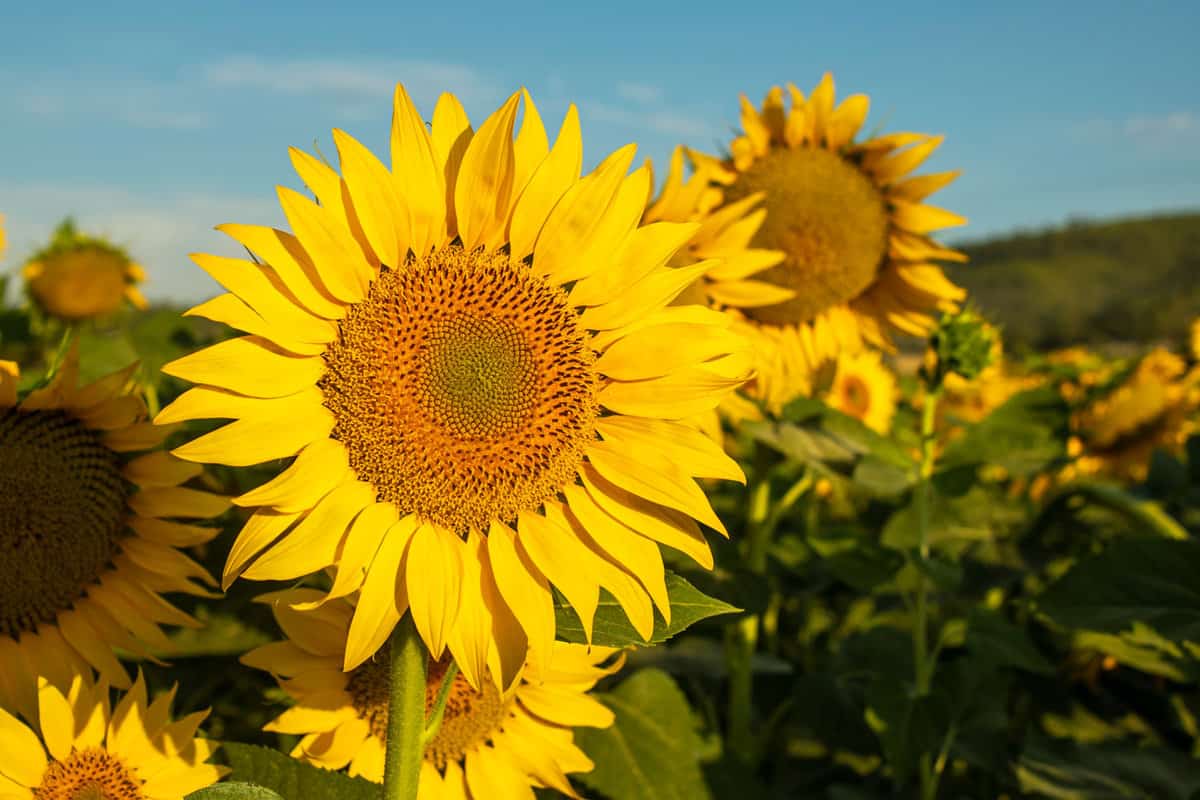
Sunflowers can be a great companion plant for okra, as they can attract pollinators like bees and butterflies.
This can help to increase the yield of your okra crop.
In Closing
When planting okra, it's important to give each plant enough space to grow and thrive.
Proper spacing ensures that each plant gets enough sunlight, water, and nutrients.
This leads to healthy and productive plants that produce a bountiful harvest of delicious okra.
So go ahead and give it a try! With these tips and tricks, you'll be well on your way to growing your best crop of okra yet. Happy planting!
